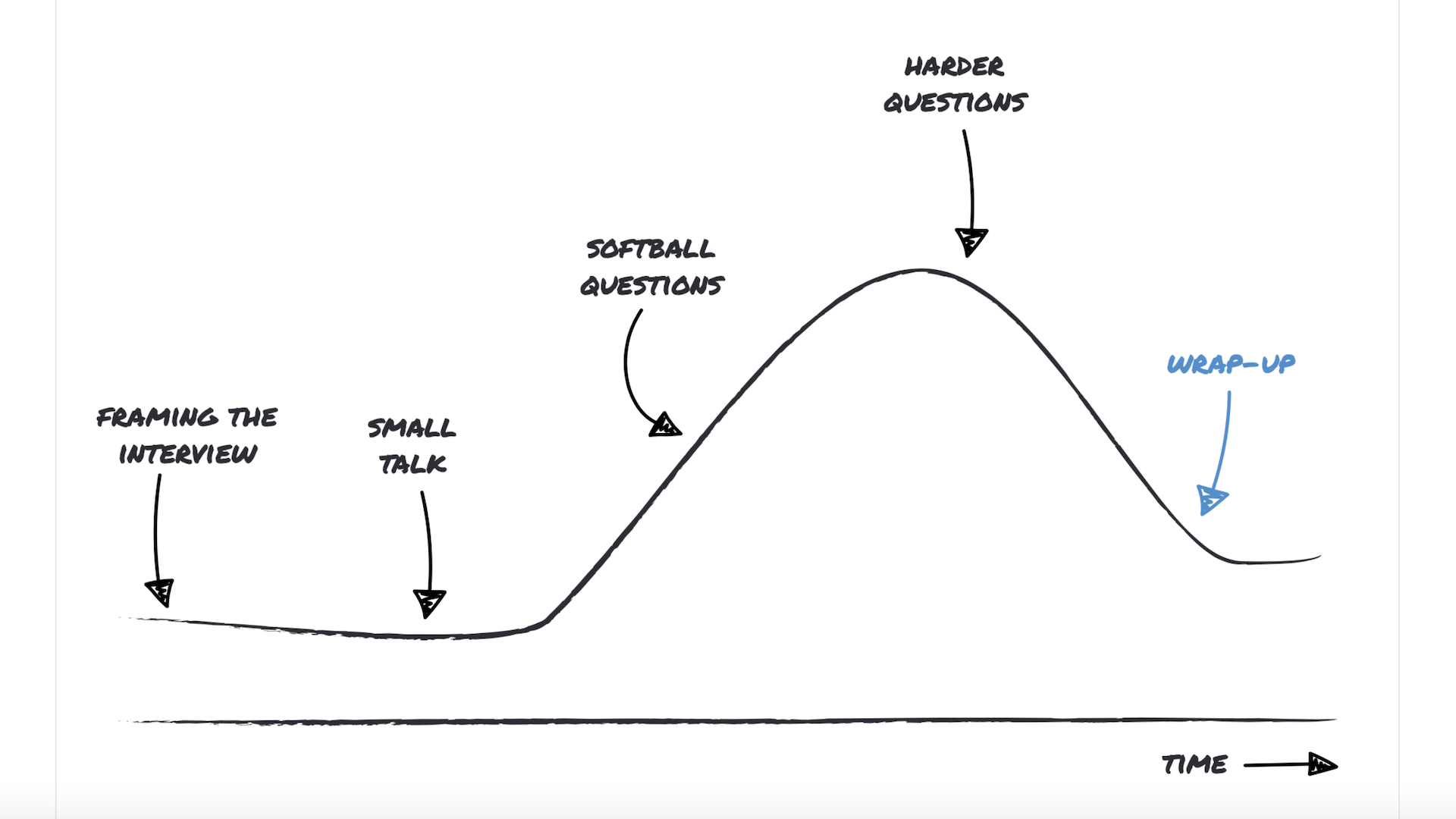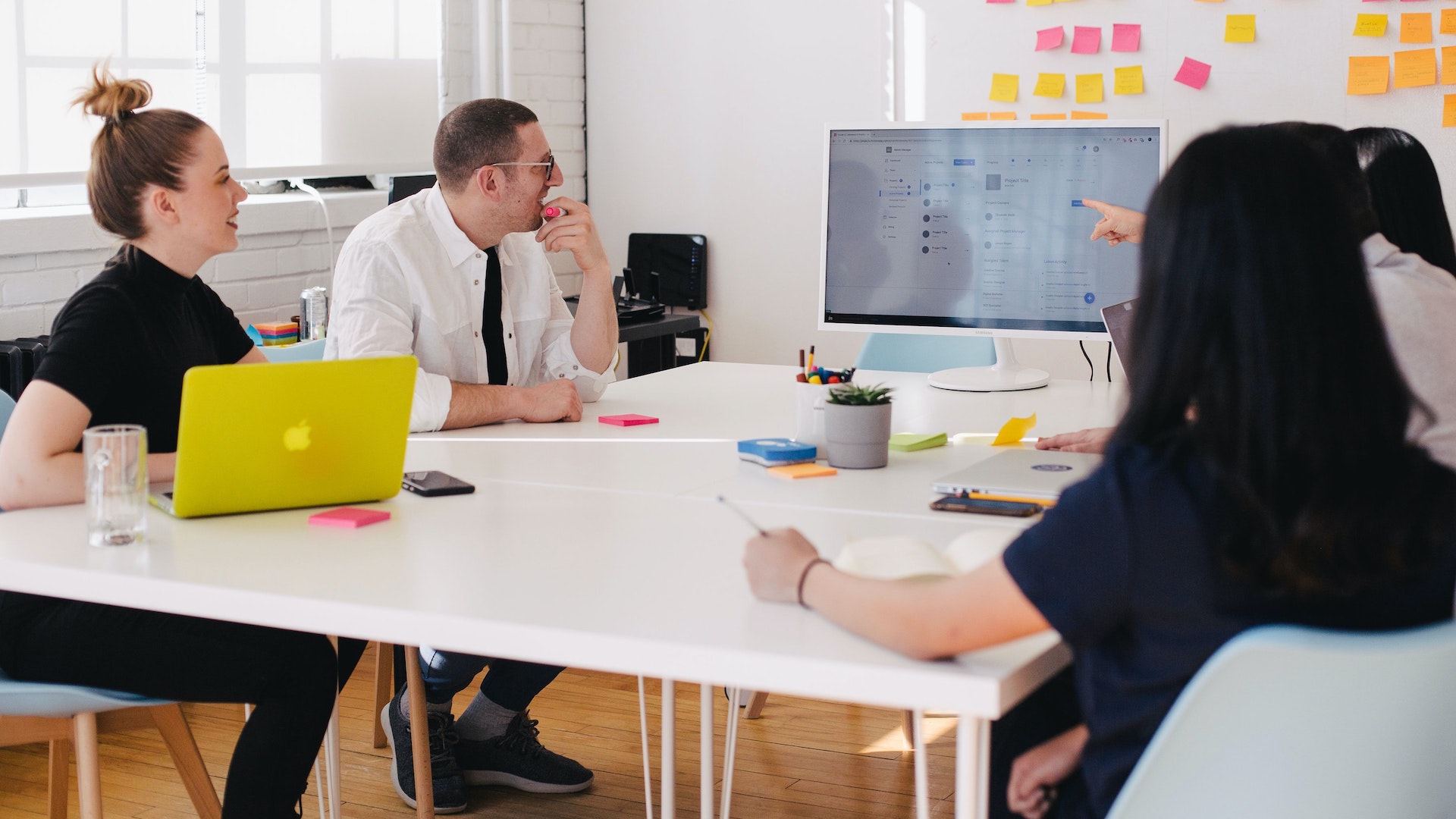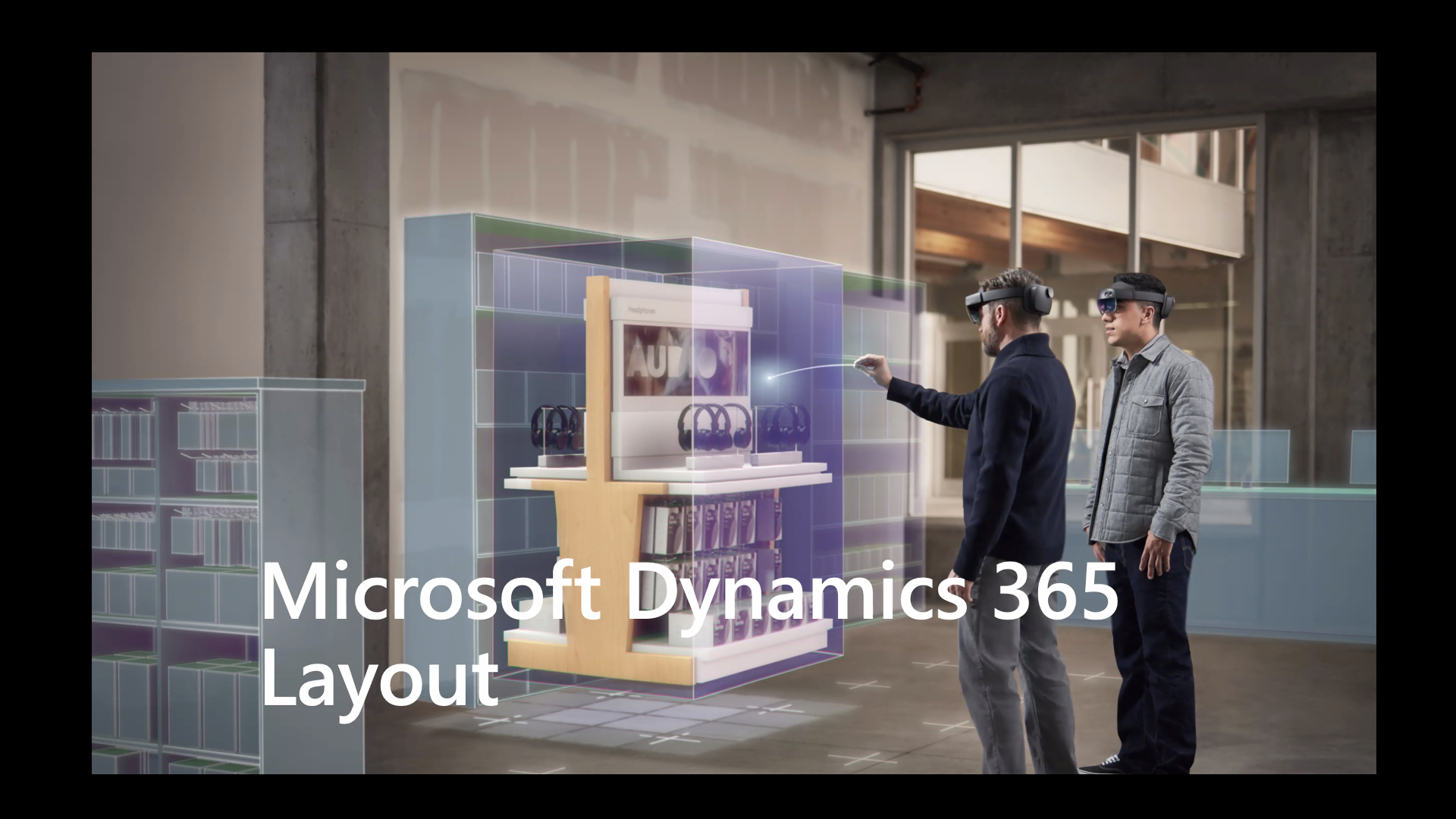Talking to people is a terrific way to learn from them. Asking the right questions, knowing how to listen, and capturing what you've learned are all elements of effective interviews. But interviewing isn’t just for researchers or designers: an effective interview can help product folks, marketing and communications teams, and anyone who is curious. During our most recent Zeitspace Session, we explored the art of the interview, how to get started with planning, running, and learning from research interviews.
How polishing your interviewing skills can help you design and build better products
There are three main types of interviews:
- structured interviews, where every participant is asked the same set of questions and there are no follow up questions, like a survey
- semi-structured interviews, which uses some prepared questions, but also allows for follow up questions
- unstructured interviews, where there are no preset questions, but your interview is guided by topics that you’d like to learn more about
In our workshop, we focused on semi-structured interviews because they’re the most common that UX researchers will do. Semi-structured interviews shine when you know enough about the direction of the research, but still have some unanswered questions. And because you can ask follow up questions, semi-structured interviews help uncover information about tasks and workflows, as well as understanding more complex systems that you may not have understood prior to the interview.
Semi-structured interviews are useful when you want to:
- Get a deep understanding of a particular domain
- Capture stories from participants that relate to overall themes
- Identify areas to explore further or validate with other research methods, before you know what could be designed
- Find out the “unknown unknowns”
You can use them really at any stage of the discovery and design process, but they’re most useful early on because you can use gathered insights to inform later work such as journey mapping or prototyping.
But there are drawbacks to semi-structured interviews. It takes time to find the right people to interview, actually conduct the interviews, and then analyze the data afterwards. If you want to interview many people, semi-structured interviews may not be your best bet because they can be time consuming, they don’t scale well, and you can’t generalize your findings to a larger population.
During the workshop, we left participants with some useful probes they could use to get deeper responses, such as using silence to encourage people to keep talking, using neutral probes, such as “uh huh” and “I see”, asking for more detail probes, such as “Could you tell me more about that?”, and more. You can find all the probes in the slide deck in our GitHub repository.
Interviewing practice makes progress
We took participants through three activities. In the first activity, they paired up and played interview Taboo, like the board game. One participant interviewed another with the goal of finding out about a memorable food experience without using a list of “taboo” words. Not only did the activity serve as an ice breaker and a fun way for participants to learn a little about each other, it also required participants to think about how they would frame interview questions because they couldn’t just come right out and ask.
In the second activity, participants were given an article about how university and college students were using technology to cheat, and had to look at the quotes in the article and work backwards to think about which question the journalist asked to prompt such a response, similar to Jeopardy. By examining a quote’s content and tone and working backwards, we can learn a lot about the role specific types of questions have in shaping an interview. We can learn to ask better questions by reading articles like a journalist or researcher.
In the final activity, we showed participants a series of questions that had issues, such as “Do you drive a car?” and asked them to first identify issues with the question, and then rewrite it in a better way. How we frame questions influences the answers we receive. But if we’re not aware of the connection between question and answer, we won’t gain the depth of knowledge or the results that we need for our research.
Along with the activities, we offered helpful advice around how to use a variety of probes to get deeper responses from interviewees, and how to handle difficult situations, such as when the person you’re interviewing is frustrated by a product or service and wants to use the interview to blow off steam. We offered several phrases that interviewers can use to get the interview back on course, such as:
“I appreciate your concerns, but given the goals of today’s interview, I’d really like to focus on X.”
“I know this situation is frustrating, but I’m trying to understand what’s happening here, and I need your help to do that.”
“I hear you and can set up a separate time to talk about your concerns, but given the limited time we have today, I’d really like to make sure I have enough time to talk to you about X.” (Then at the end of the interview actually set up a separate 15 or 20-minute phone call with them to talk about their concerns. Many times, people just want to feel heard.)
Want to learn more about how to interview?
If you missed the workshop, or just want to try the activities out with your team, check out our GitHub repository for activity guides for each exercise we did in the session. You’ll also find the slide deck, and resources we used to put the session together. And, of course, we’re always here to answer any questions. Connect with us on Twitter, LinkedIn, or Office Hours, our free one-hour consultation where we answer any pressing product, design, or development questions you might have.
We love sharing what we learn through Zeitspace Sessions. Sign up to get the inside scoop when our next one is announced.





